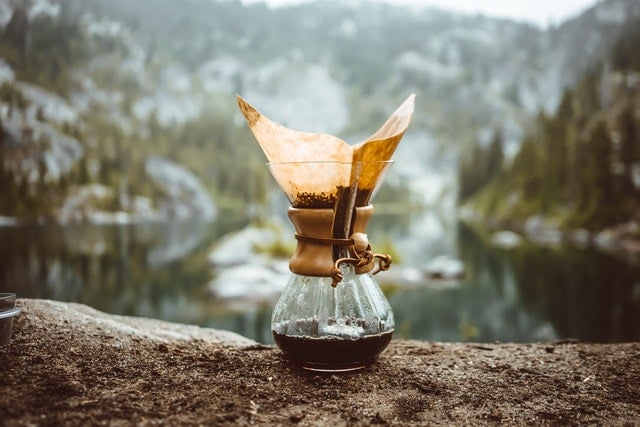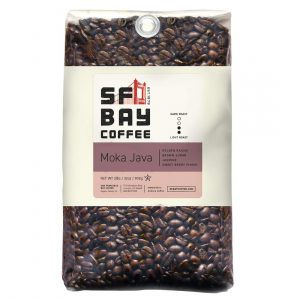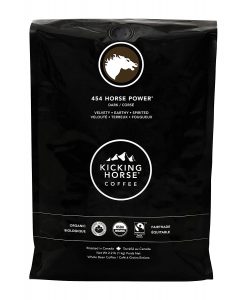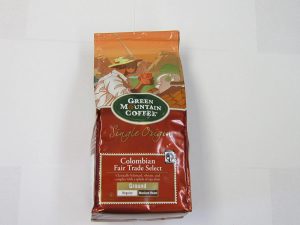Brewing coffee is an art. It needs patience, and focus. Just because you buy the most expensive coffee beans and the best coffee machine out there, it doesn’t mean that your coffee will come out exceptional. Transforming a simple coffee bean into a scrumptious cup of coffee takes some practice and effort. If you are a serious coffee lover, it is a must that you know the essentials of brewing coffee.
This article is for the budding home baristas who are excited to bring the best of their beans. Following is the checklist for crafting your masterpiece.
Coffee to Water Ratio
The amount of coffee and water that you have to couple together to brew an excellent cup of coffee will depend on the type of brewing method you use, the coffee maker, and the quality of your beans. Having the right mix is the key to optimum extraction.
The strength of your drink, whether mild or bold lies in the coffee to water ratio. If you get this mixture wrong, you might end up with a watery coffee or an utterly bitter drink. So, one of the top secrets to brewing great coffee is finding the right balance between coffee grounds and water.
To find this, study more about the coffee maker you have and experiment with different coffee beans and volumes of grounds until you get what’s best for you. You can easily find these instructions in the user manuals and the packaging. But the rule of thumb is to use relatively less water with cold brew because brewing at low temperatures gives a less acidic coffee than normal brewing techniques.
Grind Size
Another top tip to brew great coffee is to use the correct grind size that matches the brewing method and coffee maker you use. You also need to consider the time you set out for the brewing process. But the general norm is for shorter brewing times, smaller particles are the best, and vice versa. This is because finely ground coffee will have more surface area exposed to water facilitating better extraction.
In contrast, coarsely ground coffee will take more time to release the flavors. When concerning the brew method, the general norm is cold brew works best with a coarse grind, espresso with fine grind while drip methods require medium grinds.
Brewing Technique
Any brewing equipment consists of three controllable variables; water contact time, the temperature of the water, and turbulence.
Water Contact Time
The texture of coffee will vary based on how long the coffee grounds were in contact with the water. It takes time for the caffeine, flavors, and oils to get extracted and dissolve in water. If you are after a uniform coffee, it is important that your coffees reach the ideal brewing time.
Water Temperature
The best temperature for coffee brewing is generally between 195 and 205 degrees Fahrenheit, or 92 and 96 degrees Celsius. Having the optimum level of water temperature is required for the best extraction of a stellar coffee.
Turbulence
In the jargon of coffee brewing, turbulence refers to the process of water passing down the coffee grounds and mixing with them. Proper turbulence is essential to extract a uniform cup of coffee. Some coffee makers come with showerheads, and other gadgets to facilitate a proper flow of water.
Water Quality
A major portion of a cup of coffee, at least around 98% constituents water. So, it is obvious that the quality of water will have a major impact on the quality of your cup. This means the water you use needs to be free of any impurities like chemicals, and dissolved salts. It is always recommended to use filtered water if you are keen on brewing good coffee.
The Filtering Method
For a clear cup of coffee, it is an absolute must to use an appropriate filter. Or else, you might end up in a messy cup with coffee particles in the body of your drink. The clarity of your drink will essentially depend on the type of filter you use. Filters come in four types.
Perforated Metal Plates
These types of filters are made of metal plates with holes. Usually, you get this inside the brewing chamber. While this will help to separate the insoluble particles from the coffee extracts, the downside is that it will not block the fine grinds. So, there is a chance that your coffee will turn out to be nothing less than a misty drink. But, some coffee fans love the mouthfeel of the resulting murkier coffee.
Woven Wire Screens
Relative to perforated metal plates, these filters come with rather smaller holes. So, woven wire screen filters give you better clarity in terms of your coffee. These are the best filters for anyone who likes to enjoy a heavier body with clarity.
Cloth
If you prefer a much lighter-bodied coffee, it is best to use a cloth filter. If you want to achieve the best use of the cloth filter, one simple tip is to store the cloth in cold water before use. This will help to filter out even the finest coffee particles.
Paper
Out of all different types of filters, paper filters give the clearest coffee. But since the paper filter is not as strong as the above, caution should be taken to select a sturdy one when you buy a paper filter. Also, the flow of the liquid should not be interrupted.
Having discussed the categories of filters, what is the best is subjective? It will depend on your preferences and how you like to have your drink.
So if you are truly passionate about yielding the best out of your coffee, pay attention to the grind size and the quality of water. Get the combination of coffee and water right and kick off the process with the proper brewing techniques. Once you are familiar with the above fundamentals of brewing good coffee, you can experiment and discover new variations of coffee. Voyage on a whole new coffee journey and make wonders with beans to beverage transformation.




